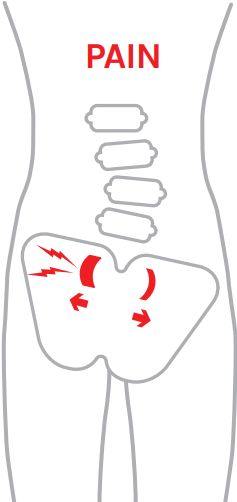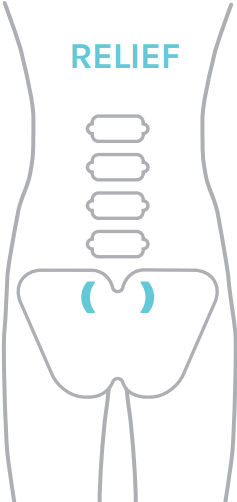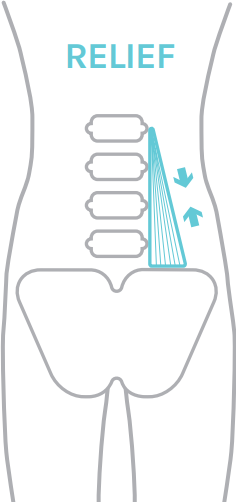Lordosis refers to an exaggerated inward curve of the spine. It can occur in different regions of the spine, cervical, thoracic and lumbar. We're going to focus on the lumbar lordosis.
Lumbar Lordosis: This type affects the lower back. When viewed from the side, it results in an increased inward curve in the lumbar region. People with lumbar lordosis may notice their buttocks and stomach area sticking out due to the curve. In most cases, lumbar lordosis doesn’t cause symptoms, but severe cases can lead to back pain, tingling, or numbness.Pelvipro is beneficial for strengthening and lengthening muscles to counter the effects of a lordosis.
For those without a Pelvipro, here are additional exercises to enhance lower back strength, especially if you have a lordosis.
- Pelvic Tilt (Posterior Pelvic Tilt):
- Lie on your back with knees bent and feet flat on the floor.
- Tighten your abdominal muscles to flatten your lower back against the floor.
- Hold for a few seconds, then release.
- Repeat 10-15 times.
- Cat-Cow Stretch:
- Start on your hands and knees (tabletop position).
- Arch your back upward (like a cat) while inhaling.
- Drop your belly down and lift your head (like a cow) while exhaling.
- Repeat the movement for several breaths.
- Child’s Pose:
- Kneel on the floor with your big toes touching and knees apart.
- Sit back on your heels and reach your arms forward, lowering your chest toward the floor.
- Hold for 20-30 seconds, breathing deeply.
- Bridge Exercise:
- Lie on your back with knees bent and feet flat on the floor.
- Lift your hips off the ground, creating a straight line from shoulders to knees.
- Squeeze your glutes and hold for a few seconds.
- Lower your hips back down.
- Repeat 10-15 times.
- Wall Angels:
- Stand with your back against a wall.
- Bend your elbows to 90 degrees, keeping them against the wall.
- Slide your arms up and down, maintaining contact with the wall.
- This exercise helps improve shoulder and upper back mobility.
- Thoracic Extension:
- Sit or stand tall.
- Place your hands behind your head, elbows out to the sides.
- Gently arch your upper back backward.
- Hold for a few seconds, then return to neutral.
- Repeat 10-15 times.
Remember to perform these exercises with proper form and consult a healthcare professional or physiotherapist before starting any new exercise routine. They can tailor a program to your specific needs and address any underlying issues related to lordosis. Additionally, maintaining good posture throughout the day is essential for preventing further progression of the condition.















